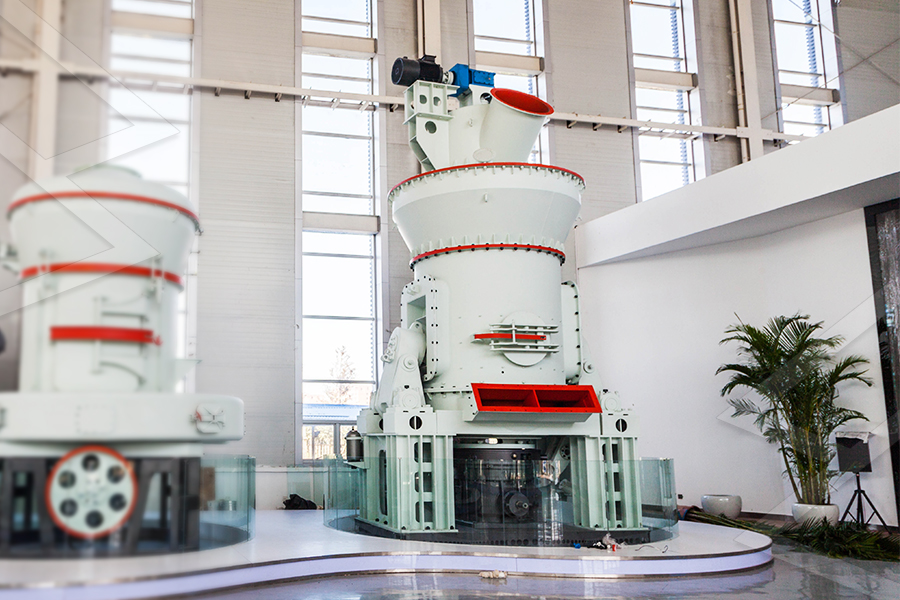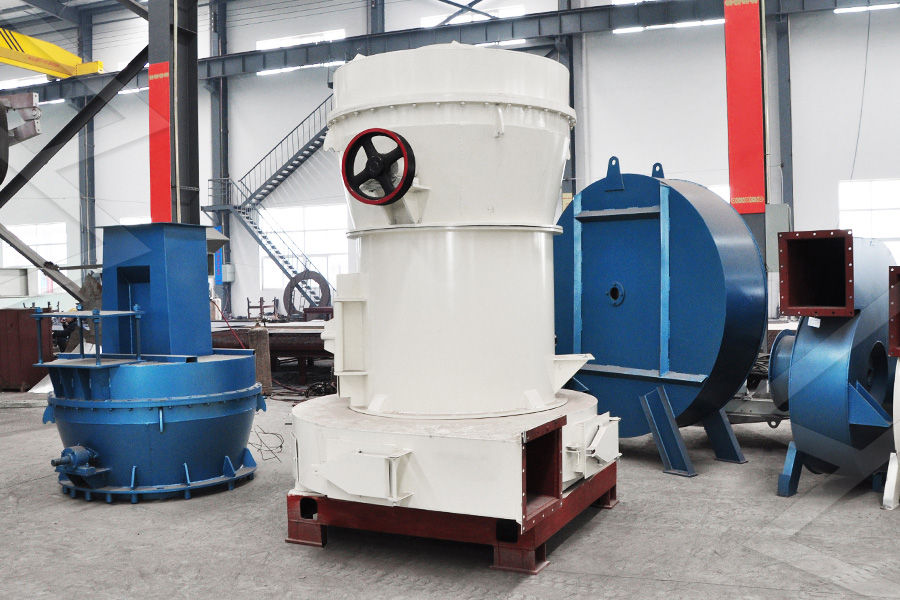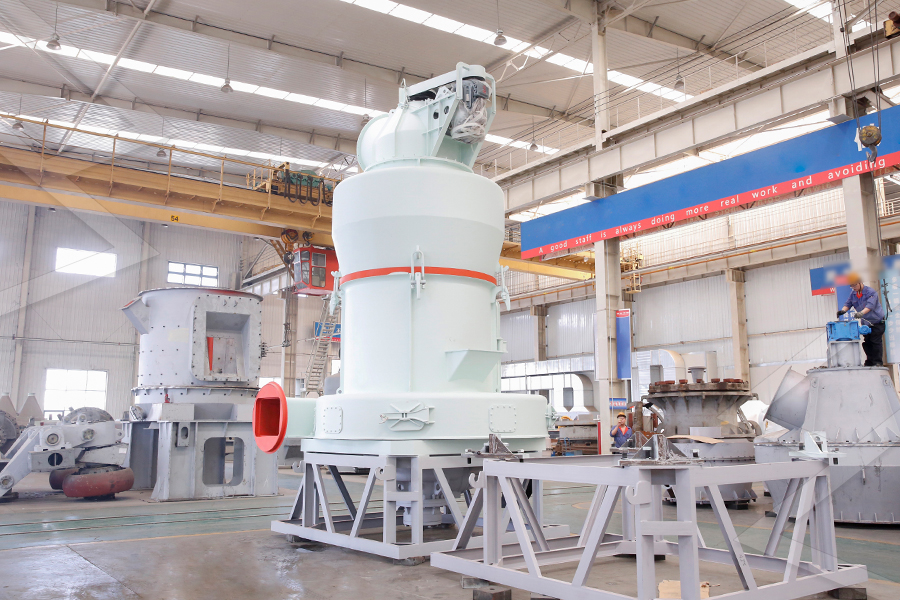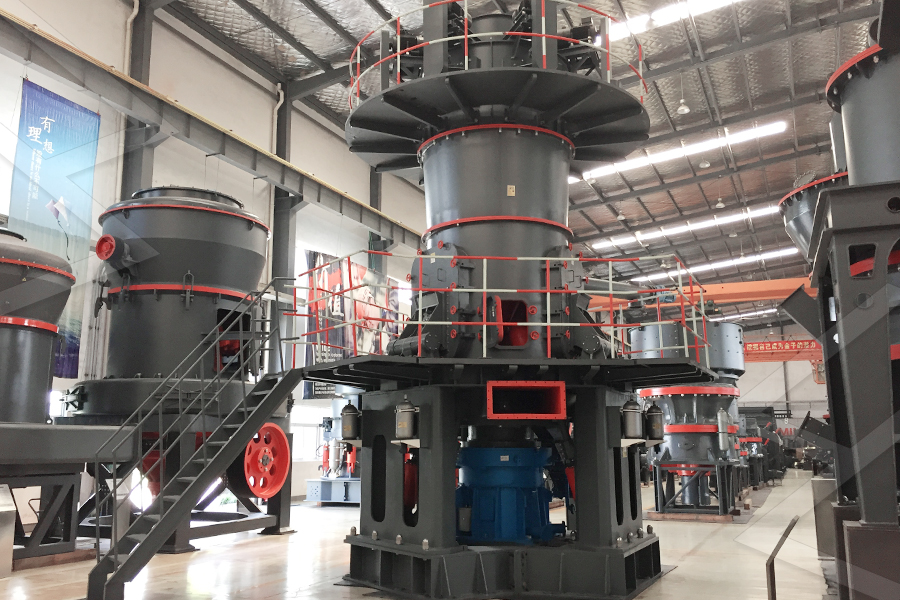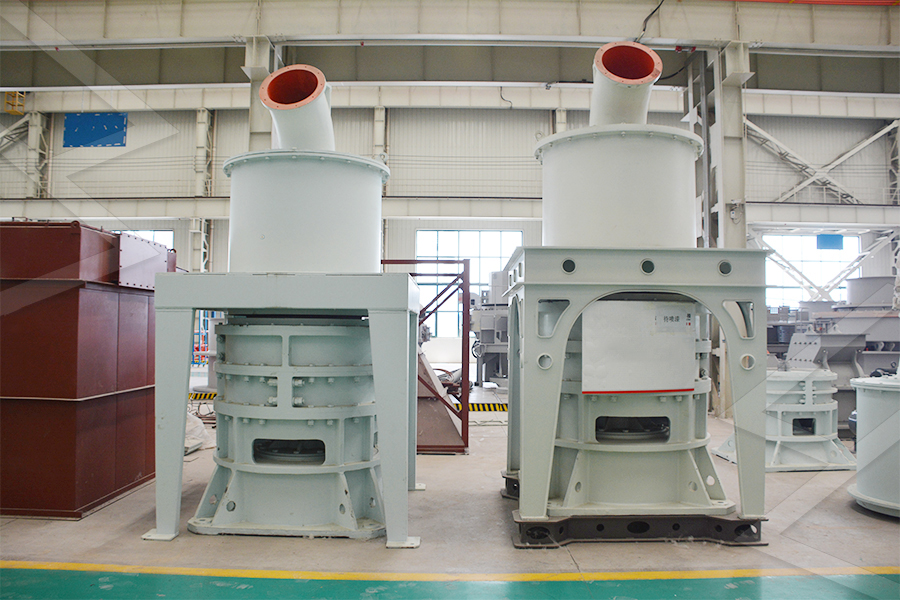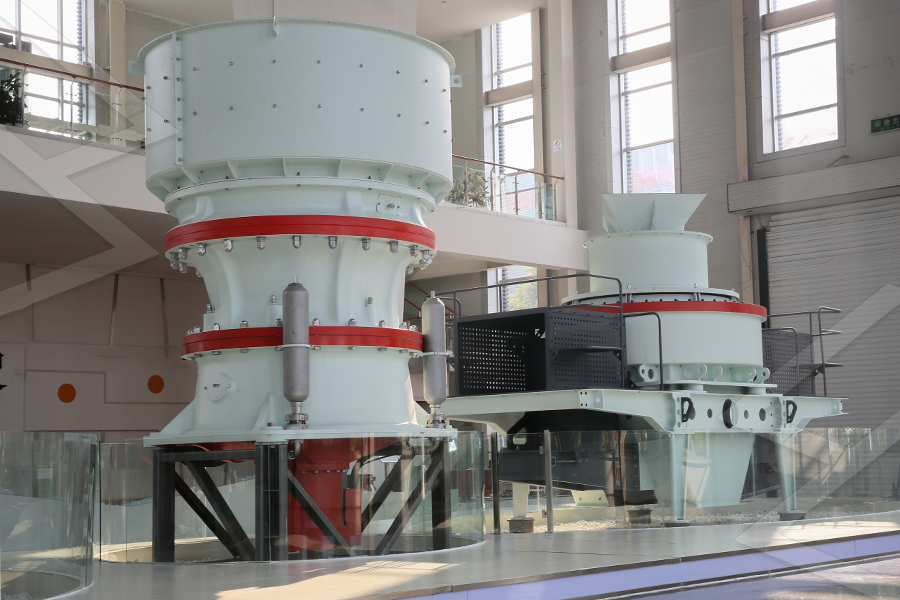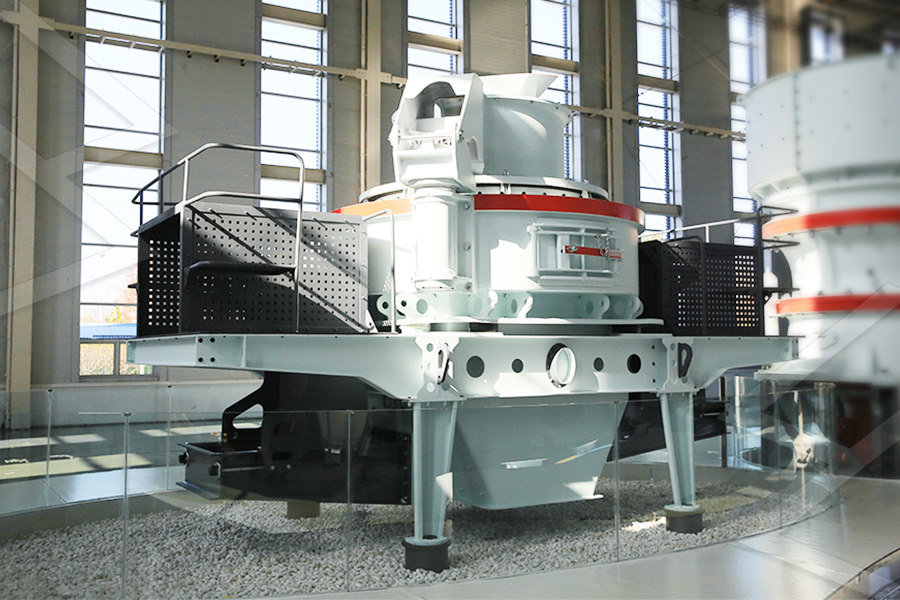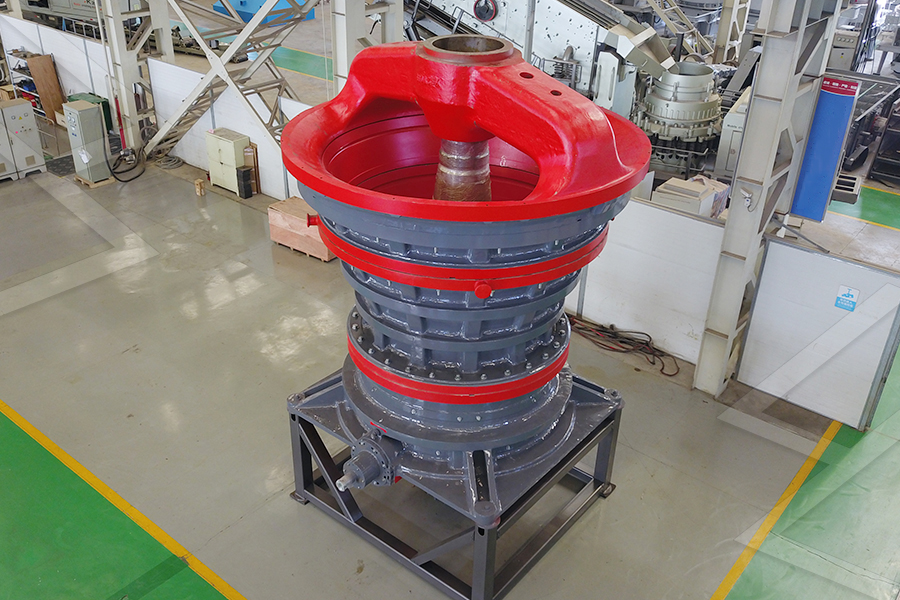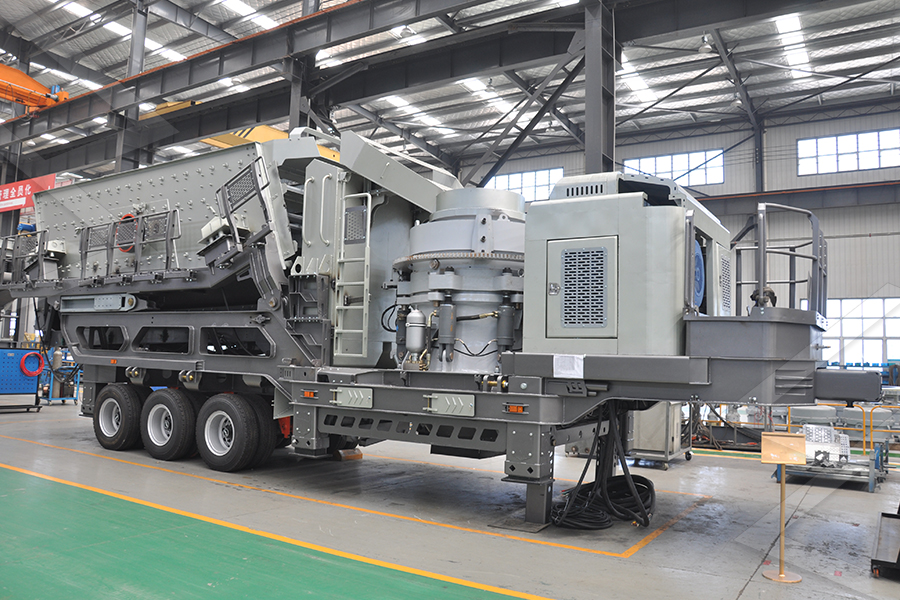In crushed stone products, their use can be determined according to their formation reasons, physical structure, chemical properties, mineral composition and other structures. There are many kinds of rocks. Let's briefly talk about those that are often used in daily production.
Rocks are the aggregation of various minerals, which can be divided into three categories, namely, magmatic rock, sedimentary rock and metamorphic rock according to their different generating environments. When the crust changes or magma invades, the structure and composition of the existing rocks will change due to the influence of high temperature and pressure or the addition of new chemical elements, and new rocks will be formed, called metamorphic rocks.
In metamorphic rocks, in addition to minerals produced from the original rocks, such as quartz, feldspar, pyroxene, olivine, calcite, dolomite, etc. in magmatic rocks, there are also metamorphic minerals formed after metamorphism, mainly including chlorite, serpentine, talc, etc.
The following are specific explanations of rocks often used in mining equipment:
Granite is generally light red and flesh red to grayish white, with full quality coarse grain equigranular texture and massive structure. The main mineral components are orthoclase and inversion, quartz and plagioclase. The orthoclase is mostly irregular granular or tabular, commonly white, flesh red, yellow and brown.
Quartz is irregular granular, white or smoke gray, greasy luster, biotite is flake, black brown, with strong luster. The material composition of rhyolite is the same as that of granite, and the color is light, generally gray white, purple red and other colors. Porphyry structure and streamline structure.
The bainite is mainly quartz and orthoclase, and the matrix is usually glassy. The physical and mechanical properties of rhyolite are worse than granite, and rhyolite can be used as building materials. Diorite is generally grayish green, full crystalline, medium and fine grain texture, massive structure, and the main mineral components are plagioclase and amphibole. The secondary minerals are common pyroxene, biotite, occasionally orthoclase, containing a small amount of quartz. The rock is hard and is a good foundation and building material.
Gabbro is generally black, black gray and black green, full crystalline, coarse grain structure, massive structure, mainly composed of plagioclase and pyroxene, with glass luster. Basalt is similar to gabbro in material composition, and it is a kind of extrusive rock with the same type of slurry, dark in color, sometimes completely black, which is different from other rocks.
Pyroxene is generally difficult to identify with the naked eye. Basalt is a widely distributed extrusive rock. The rock is very hard and is not easy to be weathered. It is a good foundation and building material. Tuff is a kind of rock used for volcanic detritus.
Volcanic debris is formed by cementation and compaction of fragments ejected during volcanic activity. For example, volcanic ash is called tuff. The tuff has a variety of colors, and its material composition can be glassy debris, quartz, feldspar and other crystal chips, or lava debris.
SMMVIK Machinery is a production and manufacturing enterprise mainly engaged in the production of large and medium-sized series of stone production lines, mineral processing equipment and other mining machinery, integrating R&D, production and sales. The products are designed and produced according to the user's requirements, with perfect pre-sale and after-sales services.
According to different process requirements, more reasonable model equipment shall be used for configuration to give play to its better performance.The stone production line equipment produced by SMMVIK Machinery is composed of jaw crusher, impact crusher, sand making machine, vibrating screen, sand washer, belt conveyor, etc.
